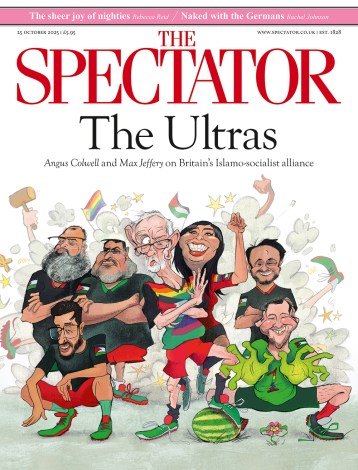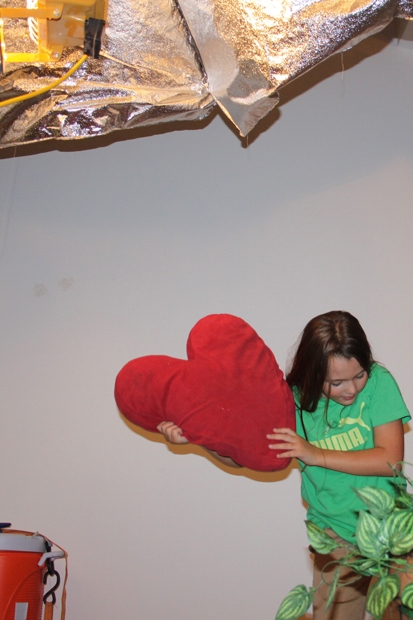In the mid-1990s the art world got excited about internet art (or ‘net.art’, as those involved styled it). This new way of making art would harness the world wide web, take the form of exciting online projects, bypass traditional galleries and be accessible to all with a dial-up connection. ‘Net.artists’ were self-styled radicals particularly fond of that most modernist of tropes, the manifesto, which they distributed via electronic mailing lists or electronic bulletin boards. These artists adopted funky, web-style names such as ‘Irational.org’ and ‘VNS Matrix’ and showed their work online at similarly funkily named websites like Rhizome, Suck and Echo.
But there was, alas, a gap in the Matrix, to paraphrase Keanu Reeves’s finest film. As the art world boomed in the first decade of the 21st century, internet art dropped almost entirely out of view. Now, though, it’s back in a second incarnation. The somewhat confusingly named ‘post-internet art’ has, over the past couple of years, become the latest buzzword in contemporary art. The term seems vaguely absurd as, of course, the internet is in no way over, and there is still a significant minority out there who are positively ‘pre-internet’. To make things more confusing, most of the art labelled ‘post-internet’ takes the form of painting, sculpture and installation rather than something accessed via Internet Explorer. Two solo shows have recently opened in London featuring artists who might be described as ‘post-internet’ — Austin Lee at Carl Kostyál and Ed Fornieles at the Chisenhale Gallery — and these throw some light on this new term.
Austin Lee’s exhibition is a salon hang of paintings of various sizes across two rooms. The majority feature cartoonish, out-of-focus faces emerging from very flat picture planes. Most are brightly coloured, with a pleasantly lurid effect that comes from Lee’s use of spray paint. His method of working is to make rapid portraits on an iPad in locations as unpromising as the New York subway and then to translate these images to canvas while trying to retain the unnaturally even luminosity of an iPad screen and the soft edges that are the most common result of trying to draw with your finger in digital painting apps.
Working with an iPad is not new — even David Hockney has been doing it. But while Hockney presented works on iPad that look like someone trying to make ‘proper’ paintings that transcend the limits of digital painting tools, Lee’s art revels in those supposed limitations. While Hockney’s paintings look like the carefully worked products of an old man who has stumbled across the joys of the digital but whose thinking is rooted in the analogue world, Lee’s work transfers a digital aesthetic on to canvases.
Outlines look as though they have been made by a finger swiping a screen, eyes are simple dots and expressions seem to be hovering on the cusp of being erased with another swipe. Scattered across the walls, the works have a throwaway look that is appropriate for the amusingly gormless expressions Lee captures.
That air of the deliberately casual is also evident in Ed Fornieles’s show. This large, normally stark and somewhat unworkable exhibition space has been overrun by roughly hewn sculptures, assemblages, computer screens, found objects (including a working hot tub) and even a few paintings. Lights come up and fade out and shopping-mall music morphs into the overblown sounds of Hollywood action films.
Fornieles has previously made work that appropriates content from social-media platforms, but here the only digital content is the changing images on a few computer screens that show the results of the artist’s research on the most popular search terms on social media (‘pretty girls’ seems fairly popular on the photo-sharing site Instagram).
The influence of the digital world is more apparent in the way Fornieles’s installation seems to embody what culture might be were it filtered entirely through social media. The collapse of canonical values in the arts combined with mechanisms such as the ‘like’ button on Facebook or the rationale for sites such as Pinterest and Instagram have led to millions around the world thinking that they have personal, curated visions of the world that are important and worth sharing or ‘pinning’ in digital scrapbooks.
Fornieles is neither cynical nor celebratory about this, but manages to convey what this splurge of online sharing might look like if it were embodied in actual objects; and if the social-media user pasting together these discrete elements had a penchant for the American television show Modern Family, amateur blogs on home improvement and garden design, and a desire to reimagine Anselm Kiefer’s motifs through the medium of dry flowers and lacquered cherry pies. Out there in social media-land, this is eminently plausible.






Comments